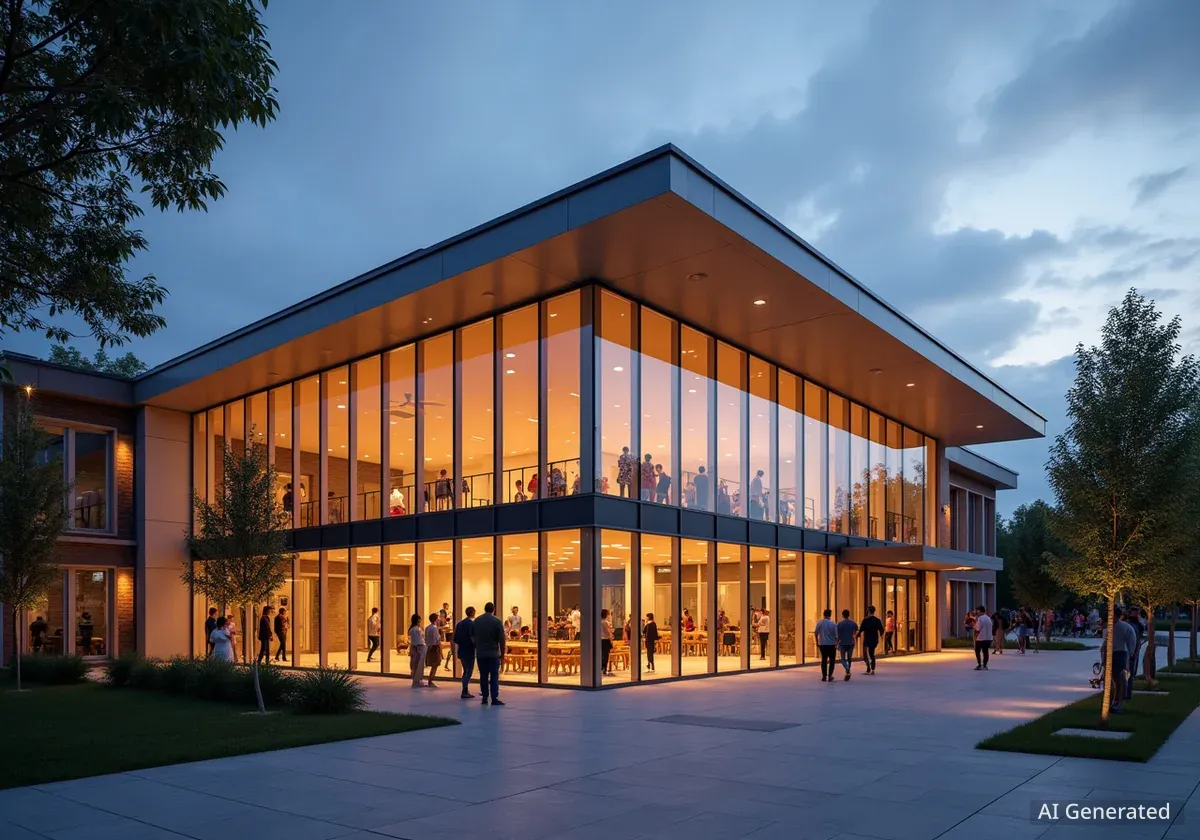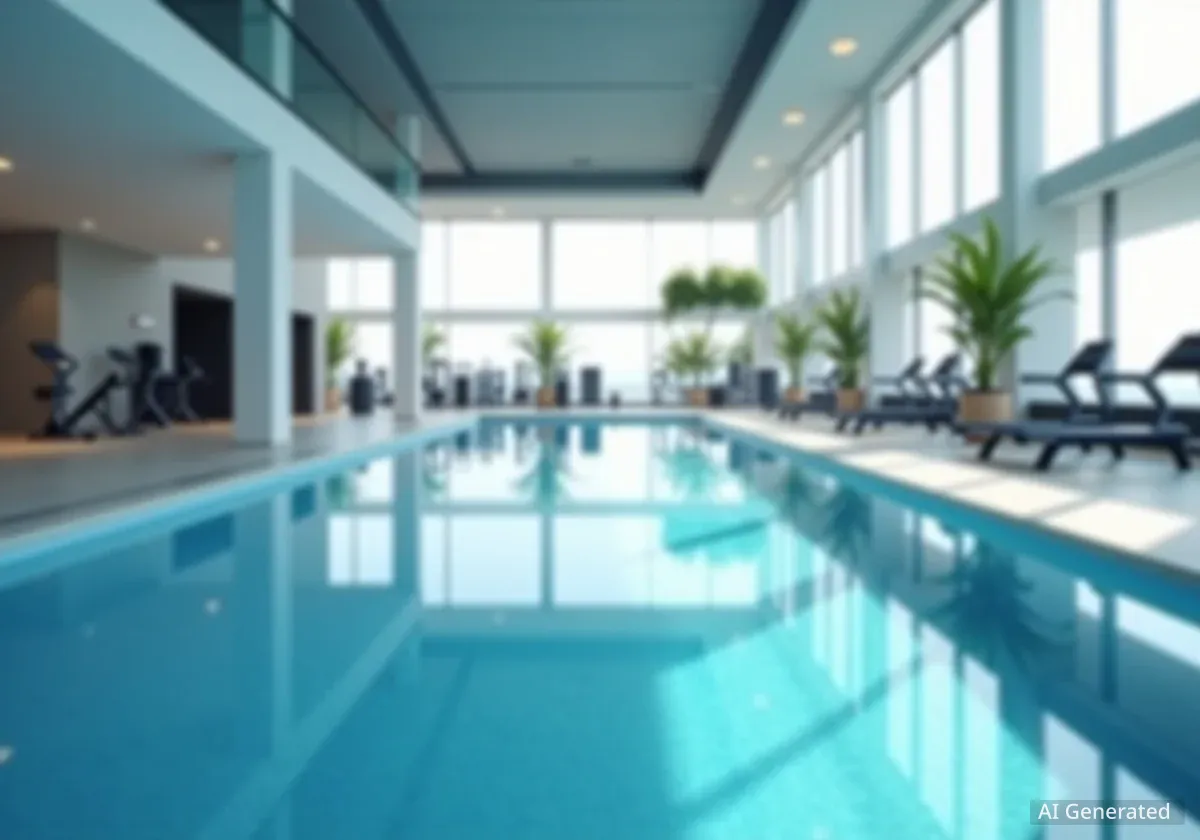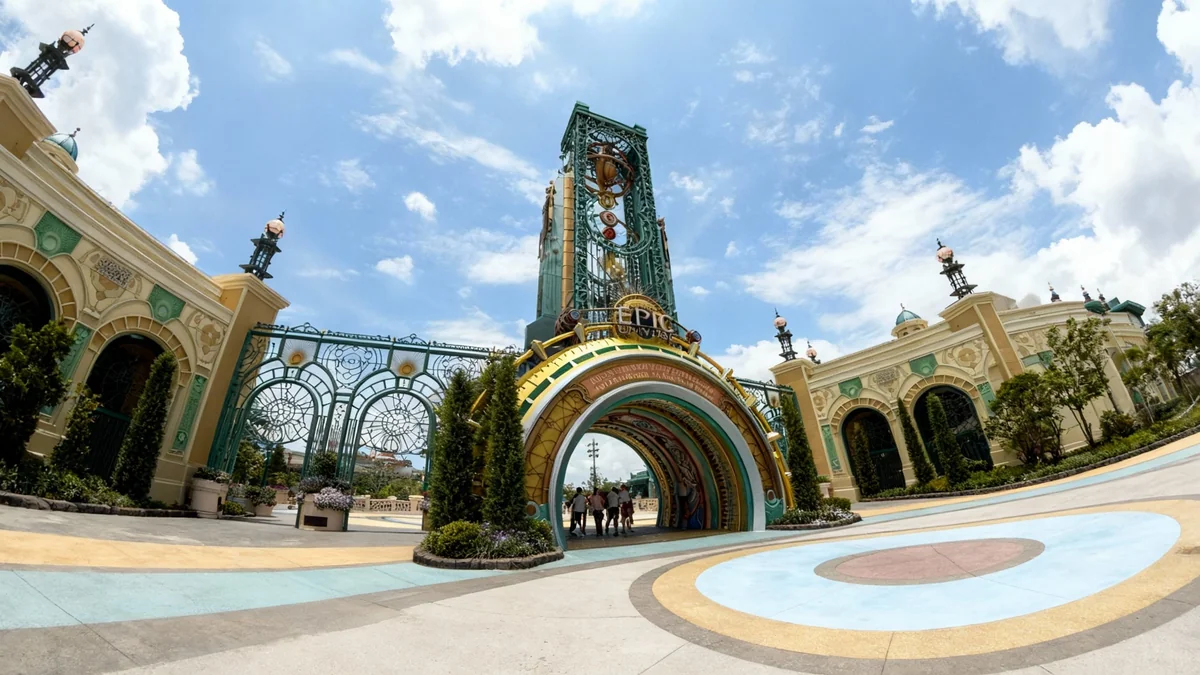Major leisure facilities are planned for construction in several key cities across the United Kingdom. These developments aim to expand access to health, fitness, and recreational services for local communities. The projects represent significant investments in urban infrastructure, focusing on modern amenities and diverse activity options.
Key Takeaways
- New leisure centers are planned for multiple UK cities.
- Developments focus on modern health and fitness amenities.
- Projects aim to boost community well-being and local economies.
- Significant investment is being directed towards urban leisure infrastructure.
Expanding Health and Wellness Access
The upcoming leisure facilities are designed to provide comprehensive health and wellness opportunities. These centers will include a range of features such as swimming pools, fitness studios, gymnasiums, and dedicated spaces for various sports. The goal is to cater to a wide demographic, from families and young children to older adults and fitness enthusiasts.
According to recent reports, public health initiatives often benefit from accessible recreational spaces. These new developments are expected to contribute positively to local health outcomes by encouraging physical activity and offering diverse programs.
Interesting Fact
Studies show that individuals living near accessible leisure facilities are 20% more likely to meet recommended physical activity guidelines compared to those without easy access.
Investment in Urban Infrastructure
Economic Impact and Job Creation
The construction and operation of these new leisure facilities represent a substantial investment in the respective urban areas. This investment is projected to create numerous job opportunities, both during the construction phase and for ongoing operations. These jobs will range from construction workers and project managers to fitness instructors, administrative staff, and maintenance personnel.
Local economies are expected to see a boost from these projects. The influx of construction activity and subsequent employment can stimulate local businesses and services. This economic benefit extends beyond the immediate site, impacting supply chains and support industries.
"These new facilities are not just about fitness; they are about fostering stronger communities and creating sustainable economic opportunities," stated a spokesperson for one of the development firms. "We believe in investing in the long-term well-being of the cities we operate in."
Background Information
The UK leisure sector has seen consistent growth over the past decade, driven by increasing public awareness of health and fitness. Government initiatives and private investments have focused on modernizing existing facilities and building new ones to meet rising demand.
Features of the New Facilities
Each planned facility will incorporate modern design and technology to enhance user experience. Key features include:
- State-of-the-art Gyms: Equipped with advanced cardio and strength training equipment.
- Multi-purpose Sports Halls: Suitable for basketball, badminton, indoor football, and other court sports.
- Swimming Pools: Often including both lap pools and leisure pools for different activities.
- Group Exercise Studios: Dedicated spaces for classes such as yoga, Pilates, and high-intensity interval training (HIIT).
- Cafes and Social Areas: Providing spaces for relaxation and community interaction.
Some locations may also include outdoor sports pitches, spa facilities, or dedicated children's play areas, depending on specific community needs and available space. The emphasis is on creating versatile spaces that can serve various interests and age groups.
Community Engagement and Accessibility
Inclusive Design and Programs
A central aspect of these new leisure developments is their commitment to community engagement and accessibility. Developers are working to ensure that the facilities are inclusive, with features designed to accommodate individuals with disabilities. This includes accessible changing rooms, ramps, and specialized equipment where appropriate.
Programs offered will aim to be diverse, catering to different cultural backgrounds and skill levels. Many centers plan to offer subsidized or free access to certain programs for low-income residents or specific community groups. This approach seeks to remove barriers to participation and ensure wider access to health and fitness benefits.
For instance, one proposed center in a northern city plans to partner with local schools to offer free swimming lessons to primary school children, addressing a critical life skill. Another project is exploring partnerships with local health services to provide rehabilitation programs within the facility.
Sustainable Development Practices
Environmental sustainability is a key consideration in the planning and construction of these new leisure centers. Developers are incorporating energy-efficient designs and materials to minimize the environmental footprint. This includes features like:
- Renewable Energy Sources: Use of solar panels or ground source heat pumps where feasible.
- Water Conservation Systems: Rainwater harvesting and efficient plumbing fixtures.
- Sustainable Building Materials: Prioritizing recycled content and locally sourced materials to reduce transportation emissions.
- Waste Management Programs: Implementing robust recycling and waste reduction strategies during construction and operation.
These practices reflect a growing industry trend towards environmentally responsible development. The aim is to create facilities that are not only beneficial for public health but also for the planet. The long-term operational costs can also be reduced through these sustainable measures, providing economic benefits over time.
Future Outlook
The introduction of these new leisure facilities is expected to have a lasting positive impact on the health and vitality of the involved communities. As urban populations grow, the demand for high-quality recreational spaces increases. These projects address that need directly, providing modern infrastructure that supports active lifestyles and social interaction.
Further announcements regarding specific locations, timelines, and detailed plans are anticipated in the coming months. The collective effort from local councils, private developers, and community groups highlights a shared vision for improved public amenities across the UK.
The success of these projects could also serve as a model for future urban development, emphasizing the integration of health, wellness, and environmental stewardship into municipal planning. This strategic investment underscores a commitment to enhancing the quality of life for residents in these growing urban centers.





